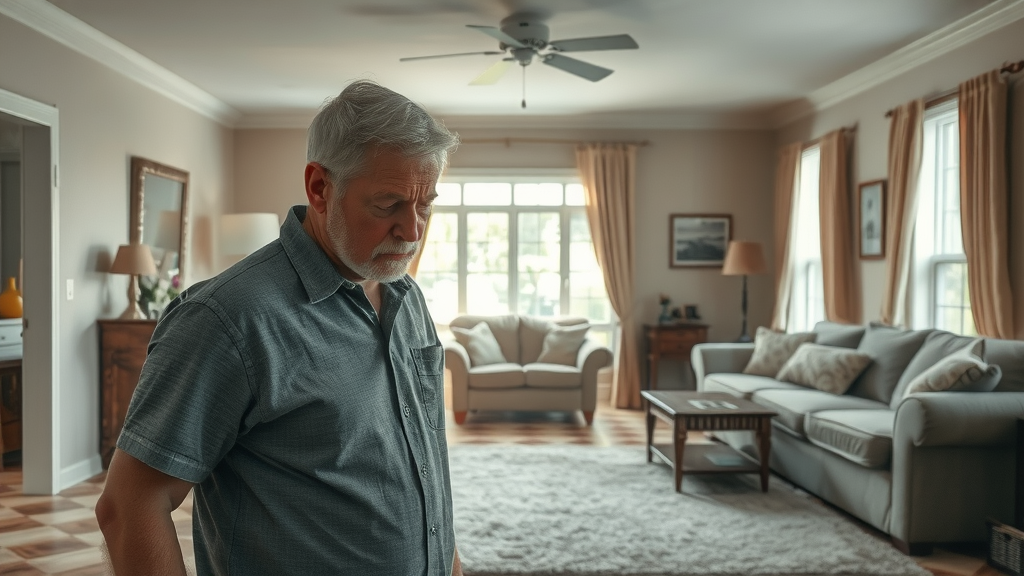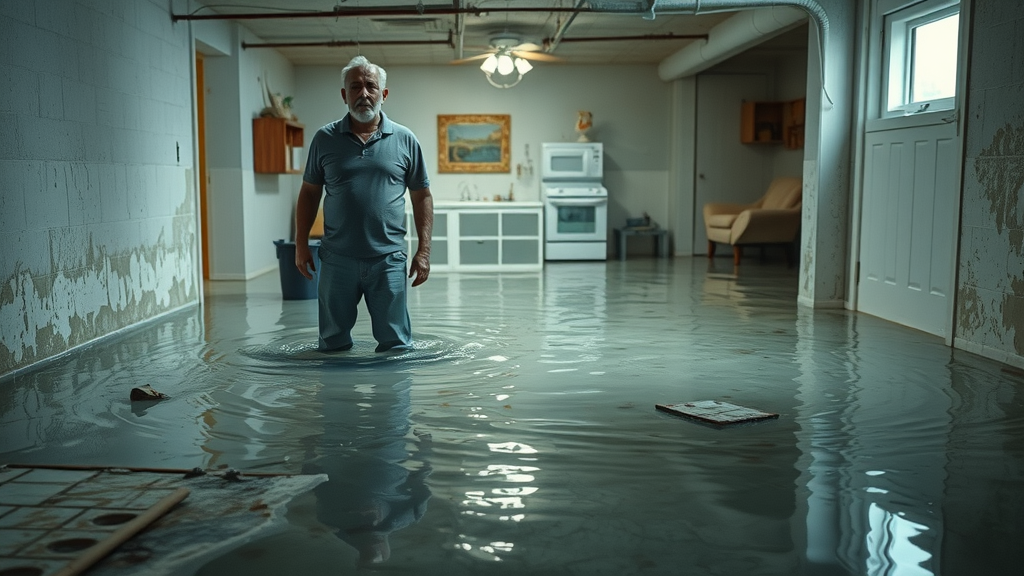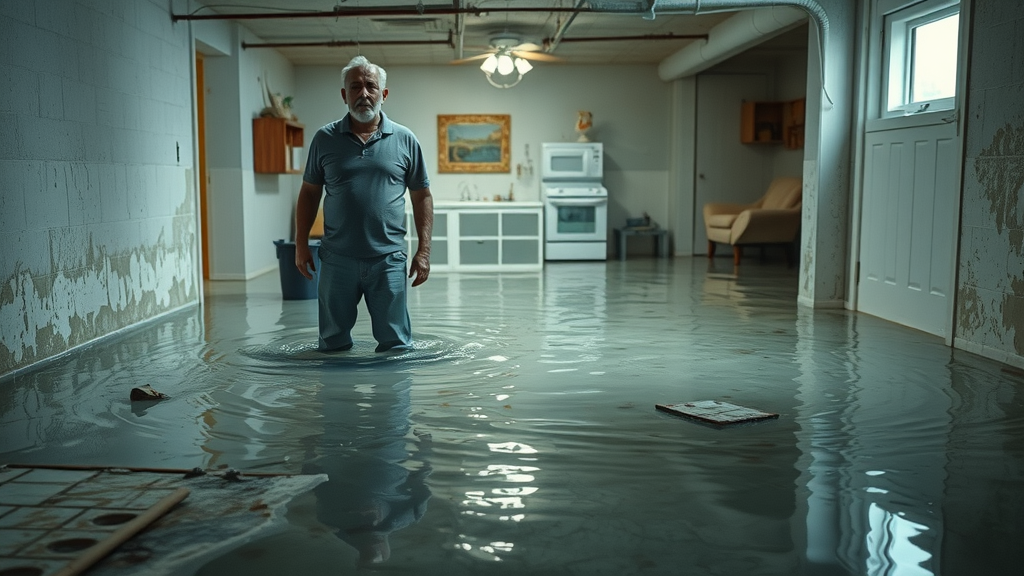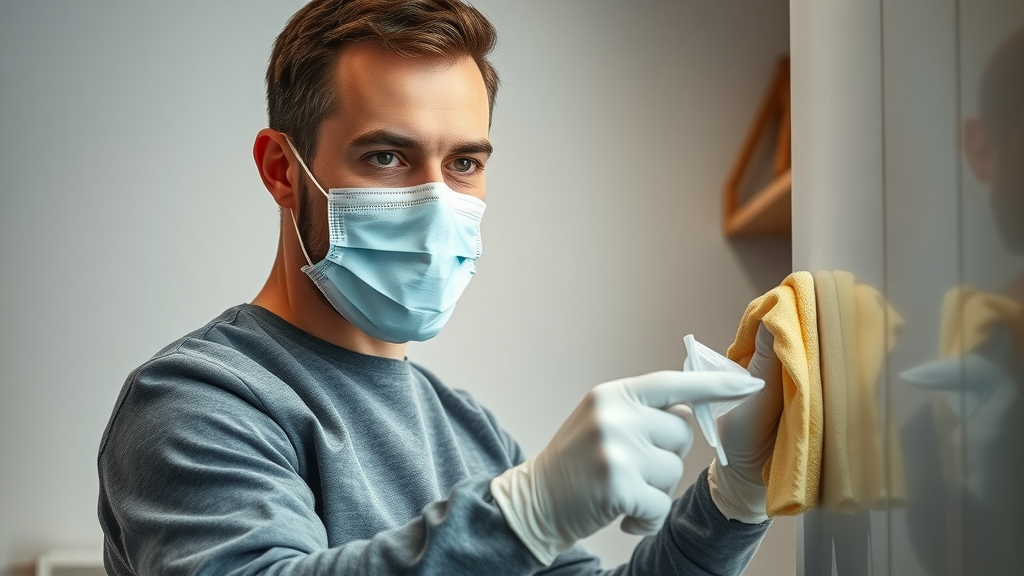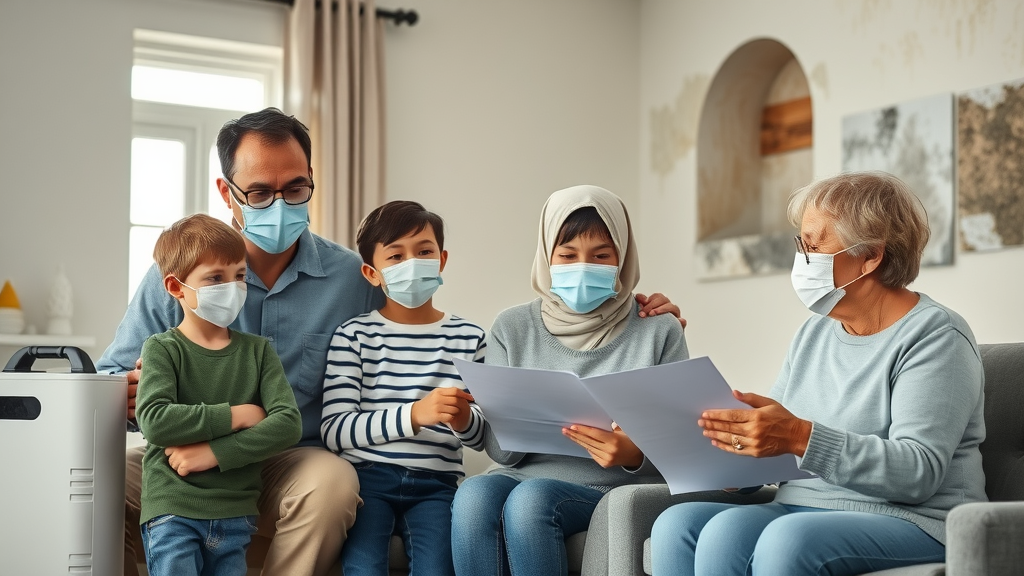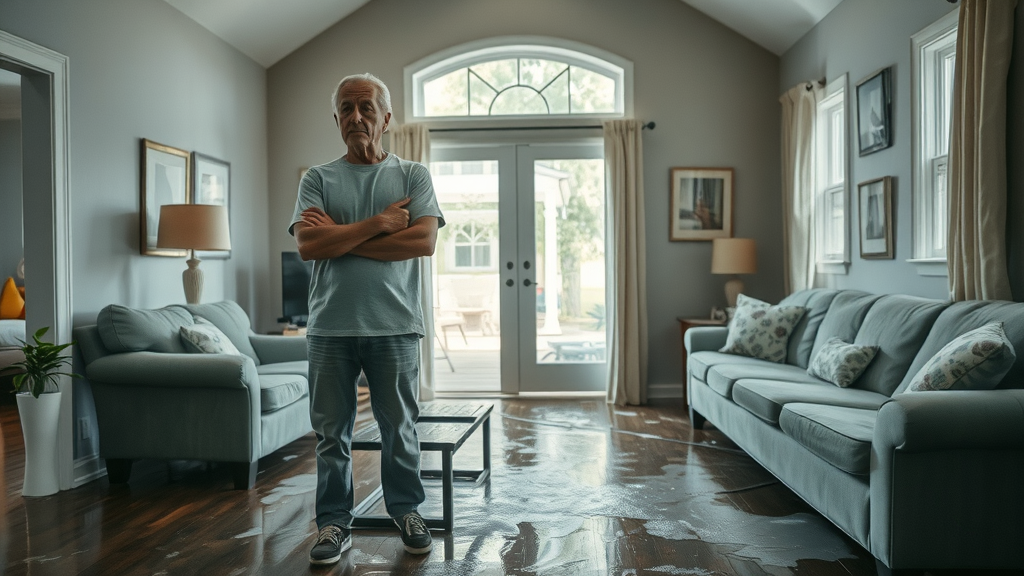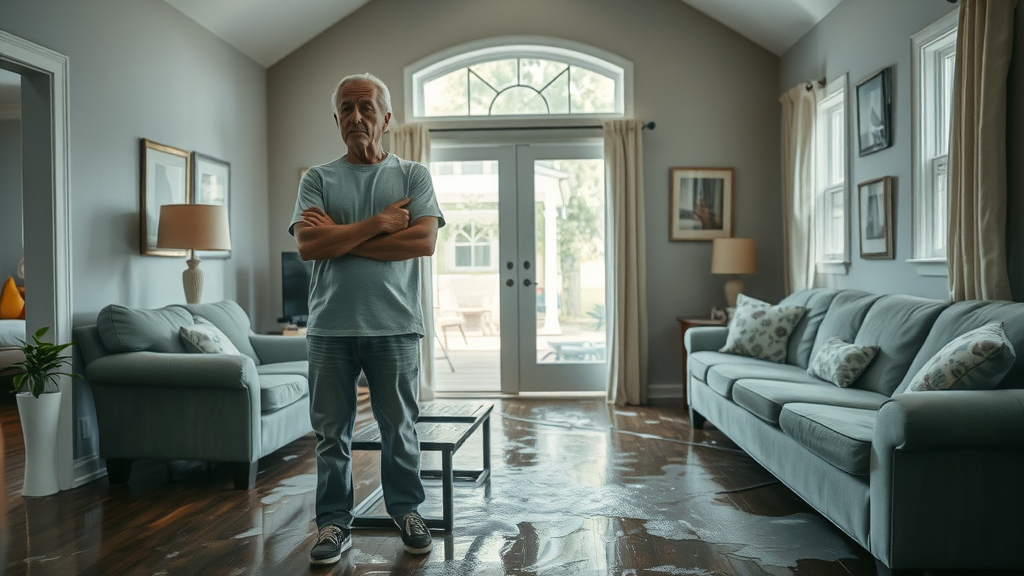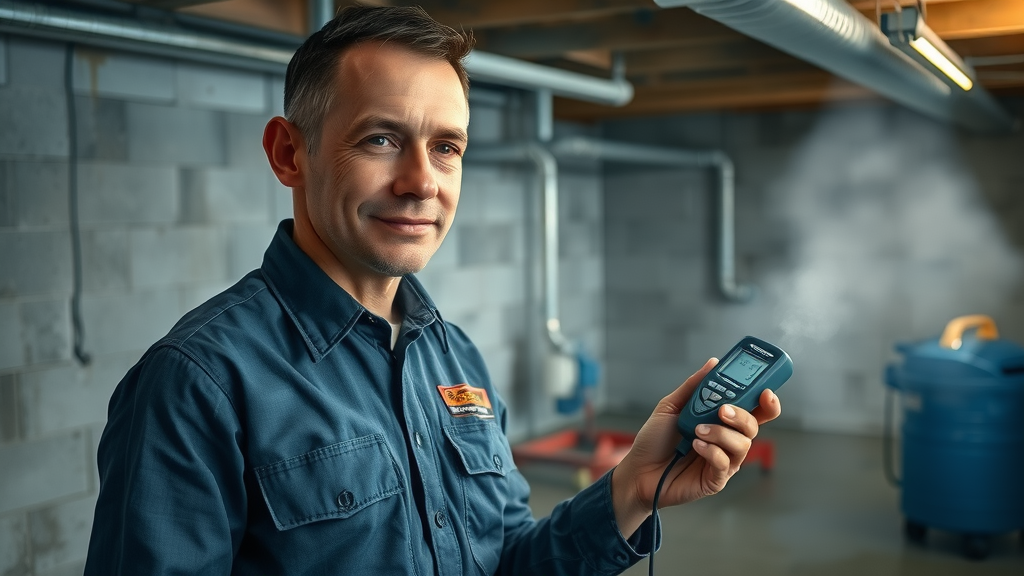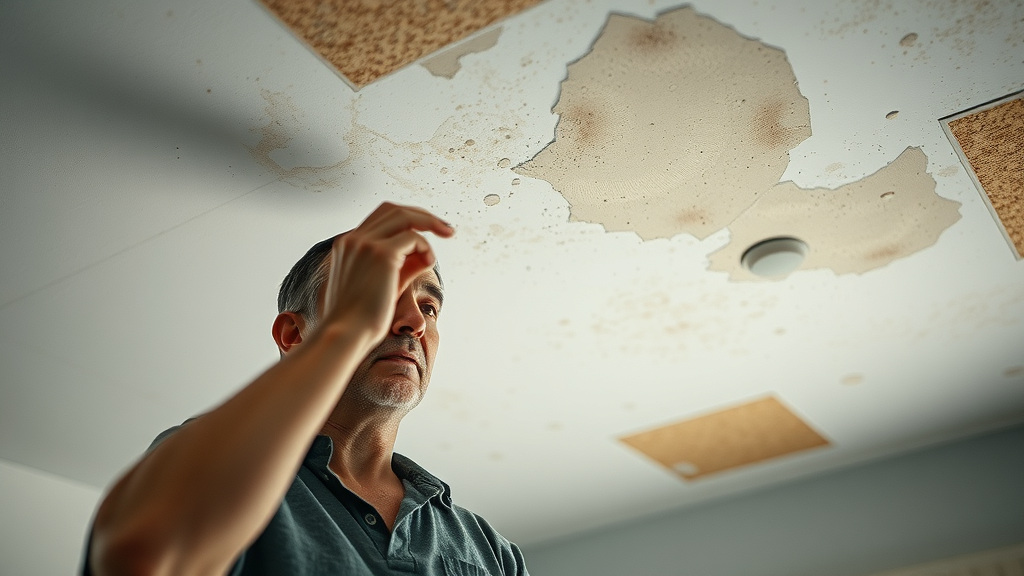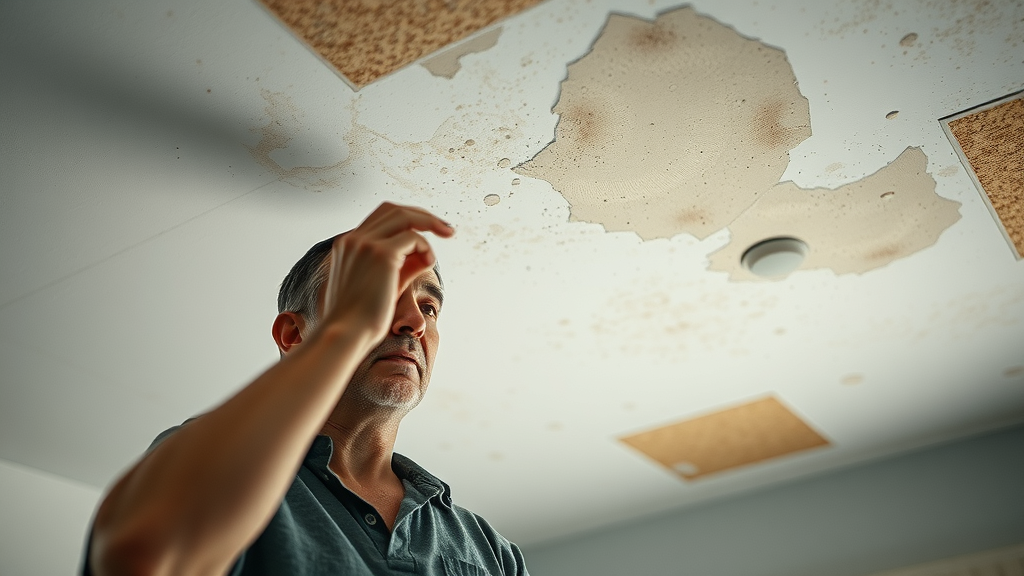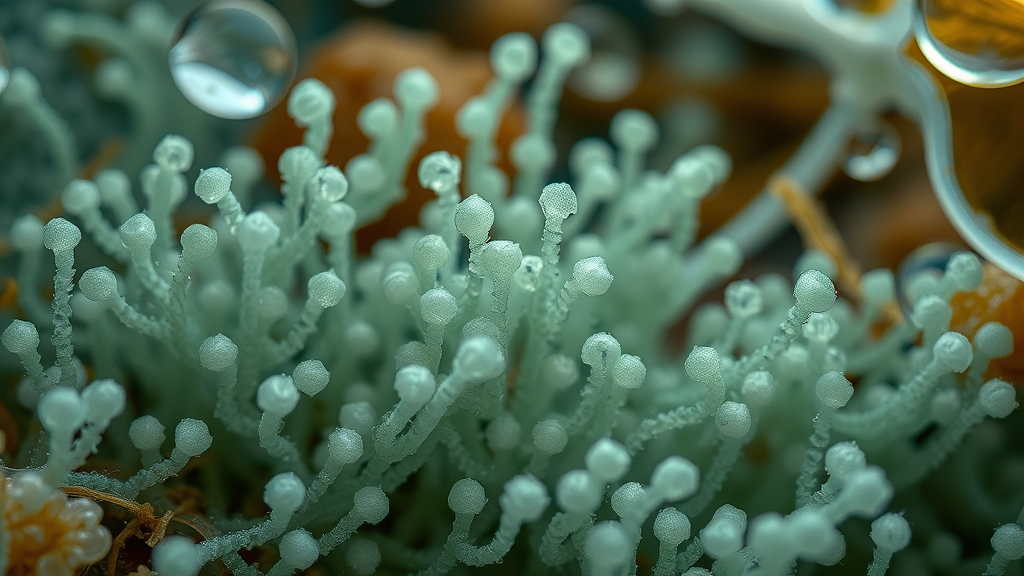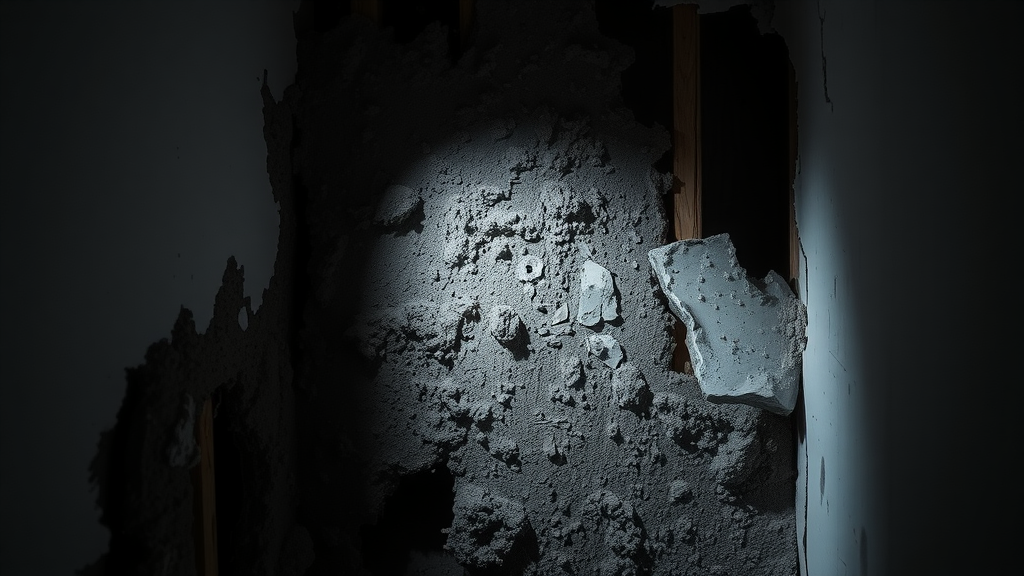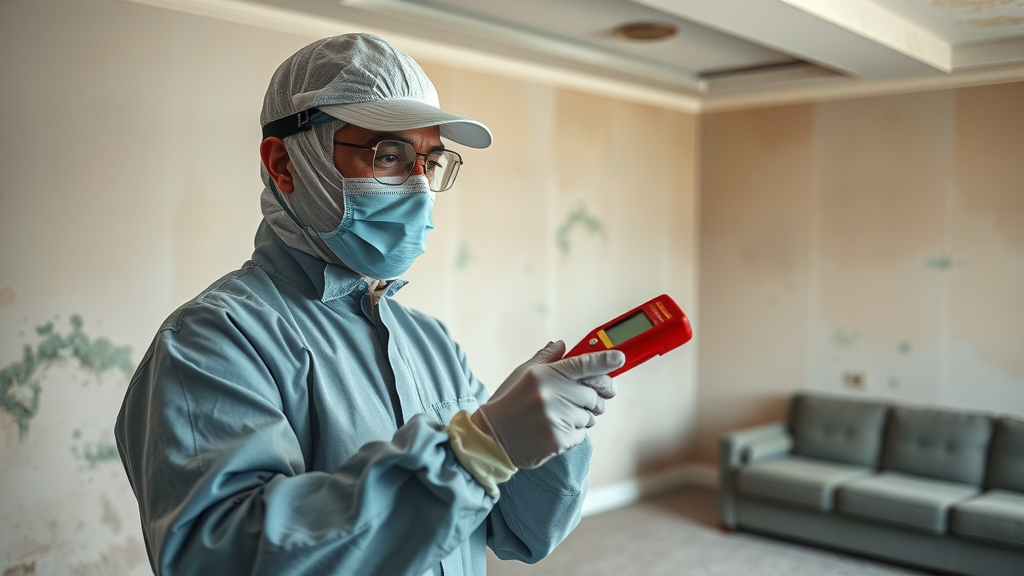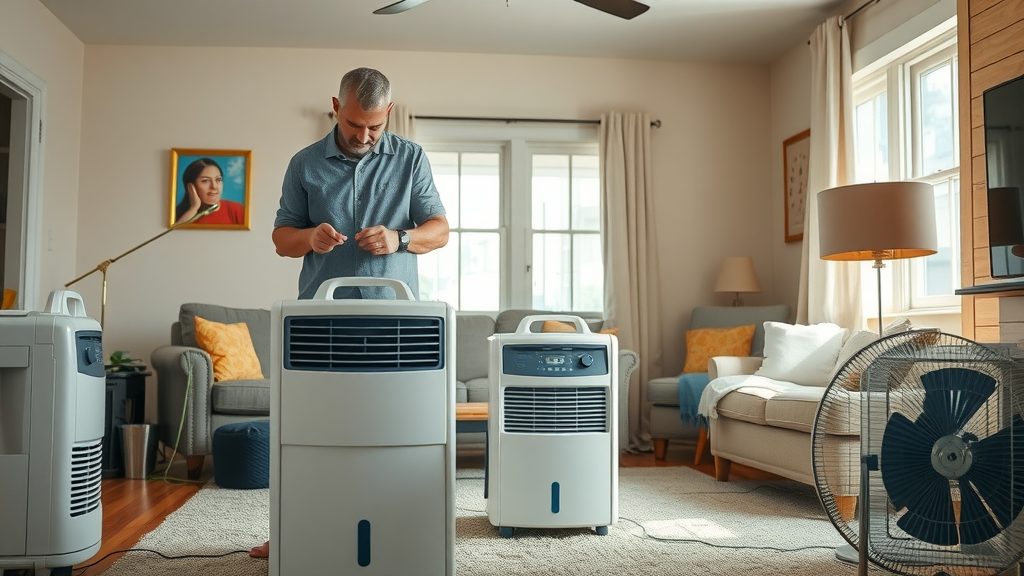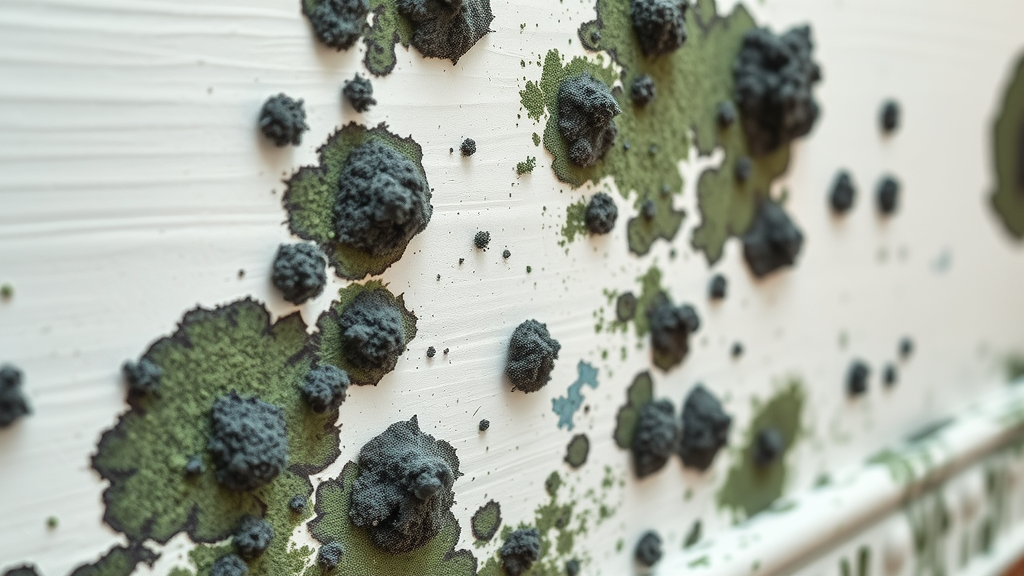Did you know that nearly 14,000 people in the U.S. experience a water damage emergency at home or work each day? Whether it’s a burst pipe, silent water leak, or a sudden flood, the risks hiding behind your walls and under your floors can quickly turn from minor leaks to major disasters. If you suspect something is wrong or you just want to protect your Lexington SC home, understanding the causes of water damage in homes is the essential first step. In this guide, we uncover the hidden facts, the warning signs, and the expert-approved ways to keep your biggest investment—your home—safe and dry.
“Did you know that nearly 14,000 people in the U.S. experience a water damage emergency at home or work each day?”
Revealing the Hidden Facts: Why Understanding the Causes of Water Damage in Homes Matters
Many homeowners underestimate how quickly a small water leak can escalate into full-blown water damage. It’s not just about cleaning up water—it’s about safeguarding your living environment from mold growth, structural damage, and health risks that lurk far beyond visible stains. By grasping the most common causes of water damage, you gain the power to identify early signs of water issues and take preventive steps that could save thousands in costly repairs. In Lexington SC, where storms and plumbing failures can strike unexpectedly, local residents regularly face the consequences of lingering leaks and faulty appliances.
Understanding the sources and effects of water leaks allows you to make informed decisions, from quick DIY fixes to knowing when to call a professional for fast damage restoration. With local water damage statistics revealing a steady increase in insurance claims, Lexington SC homeowners are wise to stay vigilant and proactive. In this comprehensive article, we’ll break down the main culprits, diagnostic tips, and essential prevention strategies tailored for our region.
What You’ll Learn About the Causes of Water Damage in Homes
- What water damage is and how it affects your home
- Statistics that highlight the severity of water damage and water leaks
- The most common causes of water damage in homes
- How to identify and address water leaks before they escalate
- Prevention tips to protect your property
Understanding Water Damage: An Overview for Lexington SC Residents
What is Water Damage and Why Is It a Problem?
Water damage, in its simplest definition, is the destruction or deterioration of building materials due to exposure to water. This can result from water leaks, floods, plumbing failures, or even natural disasters. While a puddle on the floor may seem harmless, unchecked moisture can quickly lead to mold growth, compromise your home’s structural integrity, and create a breeding ground for bacteria and other health risks. For homeowners in Lexington SC, the proximity to the flood plain and frequent heavy rainfall further increases the risk.
Unchecked water exposure doesn’t just ruin carpets and drywall; it affects the strength and safety of your entire home. Over time, wood can rot, metals may corrode, and even clean water can cause foundational issues if left to seep undetected. With costly repairs looming just beyond minor signs, early identification and understanding the causes of water damage in homes is critical. Whether it’s a burst pipe in winter or a steady, silent drip under your kitchen sink, water can find its way into your home’s most vulnerable spots.
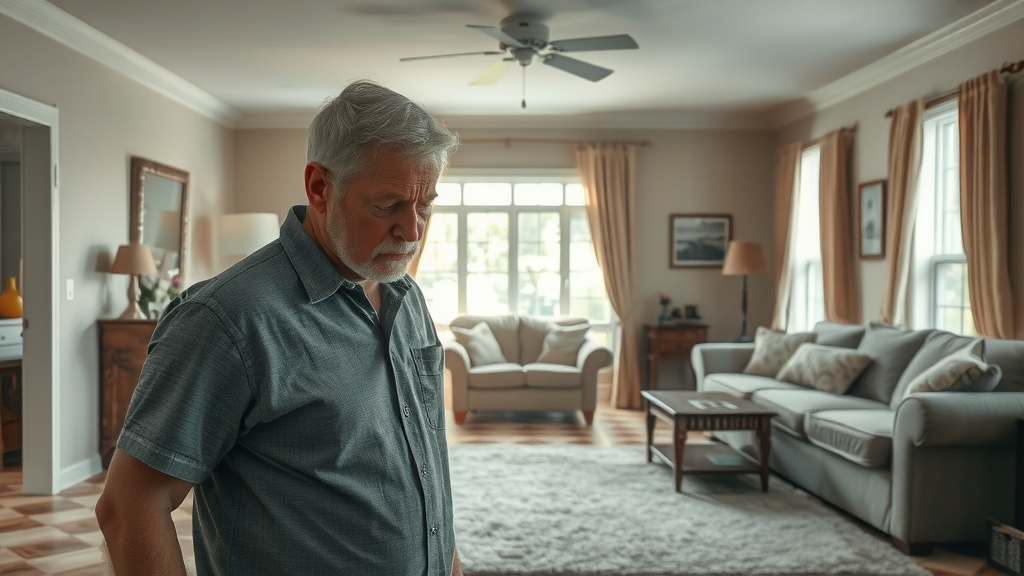
Water Damage Statistics: The Scope of the Problem in Homes
When it comes to damage statistics, the numbers are staggering. According to insurance industry data, nearly 1 in 50 homeowners file a water damage or water leak claim each year. In Lexington SC, local restoration companies report calls for flood damage and burst pipe cleanup often spike after heavy storms or freezing temperatures when unprotected pipes can burst. The average insurance payout for a water damage claim in the U.S. hovers around $11,000, but that number jumps significantly when structural damage or extensive mold removal is involved.
Beyond repair costs, water issues frequently lead to the displacement of families, loss of personal items, and unanticipated health concerns from standing water and mold. The cumulative national cost for home water damage runs into the billions annually—emphasizing why awareness and prevention must be top priorities for property owners.
| Category | National | Lexington SC |
|---|---|---|
| Annual water damage emergencies | 14,000/day | Approx. 50+/day post-storm |
| Common causes | Supply line leaks, burst pipes, weather events | Stormwater intrusions, faulty supply lines, aged appliances |
| Average repair cost per claim | $11,098 | $9,900–$15,000 |
| Percentage of claims (per year) | ~2% of homes | 2–3% (higher in flood-prone neighborhoods) |
Common Causes of Water Damage in Homes: From Water Leaks to Floods
Identifying the most common causes of water damage in homes—especially in Lexington SC—requires looking both inside and outside your property. Internal plumbing failures, external weather events, and faulty appliances all play significant roles in hidden and sudden water leaks. Time and again, overlooked warning signs can lead to catastrophic structural damage. Here, we break down the sources every homeowner should watch out for.
Internal Water Leaks: Hidden Dangers in Walls and Ceilings
- Supply line leaks
- Plumbing failures
- Water heater bursts
- Washing machine hose issues
Many water leaks originate from supply lines and pipes located within walls, ceilings, or floors. Over time, fittings may loosen, pipes may corrode, or hoses behind your washing machine can crack under pressure. Such hidden failures might not show signs of water right away, but the ongoing moisture can cause rot, mildew, and even dangerous mold growth. It’s not uncommon for a burst pipe—resulting from clogs, freezing, or old plumbing—to release massive amounts of water in just minutes, quickly flooding rooms before you can react.
Homeowners should conduct regular inspections of their plumbing, especially in older homes or residences that have undergone renovations. Watch for subtle changes, like damp smells or unusual discoloration on ceilings and walls, as these are often the only clues to a developing leak. Early detection and prompt repair help prevent water damage that could undermine your home’s structure, air quality, and your family’s health.

External Factors: Flood Damage and Severe Weather Patterns
- Stormwater intrusion
- Flooding from heavy rainfall
- Improper drainage
The weather in Lexington SC can change rapidly, and with it comes the risk of flood damage from severe storms or heavy rain. Homes situated in or near a flood plain must be particularly prepared, as even moderate rainfall can overwhelm outdated drainage systems and force water inside. Unchecked gutters, blocked downspouts, or landscape grading that slopes towards your home can lead to standing water around the foundation, eventually seeping into basements and crawl spaces.
Homeowners need to take proactive steps to ensure water drains away from structures—regularly cleaning gutters, directing downspouts, and maintaining proper yard grading. When external water finds its way inside, even short-term exposure can compromise structural integrity, damage electrical systems, and fuel mold proliferation. Investment in flood barriers and weatherproofing can pay off by minimizing repairs and insurance claims after extreme weather events.
Appliance and Fixture Failures: Washing Machine, Dishwasher, and Water Heater
- Malfunctioning or aged appliances
- Fixture leaks in bathrooms and kitchens
The appliances you rely on every day—such as the washing machine, dishwasher, and water heater—can also be major sources of water leaks and costly damage. Older models and appliances that haven’t been maintained may experience hose ruptures, pump failures, or loose connections, releasing water during cycles without immediate detection. Bathrooms and kitchens, with their tangle of fixtures and supply lines, are common sites for hidden leaks under sinks, in cabinets, and behind walls.
To prevent water damage caused by faulty appliances, schedule routine maintenance, replace hoses, and upgrade to more dependable models when necessary. Don’t forget about the water heater: sediment buildup, aging tanks, or faulty valves can all result in sudden water releases, especially in older installations. The aftermath of appliance and fixture failures is more than inconvenience—it can quickly spiral into long-term structural damage and expensive restoration.

Signs of Water Damage in Homes: Diagnosing Issues Early
Vigilance is your best defense against mounting repair costs. Recognizing the signs of water damage and acting promptly can save thousands of dollars and keep your family safe. Water damage often reveals itself subtly before visible destruction occurs. Here’s what to look for:
Early Warning Signs of Water Damage and Water Leaks
- Discoloration, damp spots, musty odors
- Peeling paint or warped floors
Be on the lookout for unusual discoloration on ceilings and walls, persistent damp spots, or a musty smell that lingers in certain rooms—common signs of water leaks beneath the surface. Warped wooden floors, peeling paint, or swollen baseboards could signal long-standing moisture issues. Touch baseboards and check under sinks for dampness as these often go unchecked until damage escalates. Even minor water exposure, if left unaddressed, can breed mold growth and rob your home of comfort and safety.
Don’t ignore any sound of dripping or running water when fixtures are not in use. Moisture meters and thermal cameras can be useful for detecting leaks inside walls or ceilings, driving early action before the cost of repairs skyrockets. Responding to these early signs is the first and most effective step to prevent water damage in homes.

Structural Damage: How Water Damage Impacts Your Home’s Integrity
“Even small leaks can cause structural damage over time, leading to costly repairs if left unaddressed.”
When water penetrates the framing, subfloors, or foundation of your home, it can compromise structural integrity. Prolonged water exposure weakens joists, sills, and beams, leading to sagging floors, cracking walls, and misaligned doors and windows. Eventually, significant structural damage can occur, sometimes requiring extensive and invasive repairs.
In addition to the immediate costs, repeated water damage may jeopardize your home’s resale value and could even render spaces uninhabitable due to mold, decay, and bacteria. Address leaks as soon as they appear and consult professionals for major repairs to maintain a safe and stable living environment.
Damage Restoration and Repairs: Addressing the Causes of Water Damage in Homes
Once water damage becomes visible or suspected, swift damage restoration is key. Waiting increases the chance for further structural damage, health hazards from mold, and more expensive remediation. So, what should homeowners in Lexington SC expect from professional water damage restoration?
Professional Water Damage Restoration: What to Expect
Certified water damage restoration teams begin with a thorough inspection using moisture sensors and thermal imaging to find the source of water leaks. The first step is to stop the water at its source, quickly removing standing water with pumps and vacuums. Industrial fans and dehumidifiers then dry out the affected areas to prevent future mold growth and preserve the structural elements of your home. Contaminated materials like insulation or drywall may be carefully removed and replaced, while special treatments clean and sanitize to prevent lingering odors and bacteria.
The best professionals not only repair damage but help you document the process for insurance purposes. Acting fast after any indication of flood damage, appliance failure, or a burst pipe will always minimize impact and costs. Restoration teams in Lexington SC are familiar with our region’s unique risks and can offer advice tailored to the local climate.

Insurance Cover and Making an Informed Decision in Lexington SC
- Does homeowners insurance cover water damage?
- Filing a claim after flood damage or water leak
Most standard insurance policies provide some insurance cover for sudden and accidental water damage, such as those from a burst pipe or faulty appliance. However, flood damage—caused by natural disasters or weather events—typically requires separate flood insurance. Understanding your policy, knowing the documentation required, and responding quickly can streamline your claim and ensure the fairest settlement.
Always contact your insurance company or agent after discovering damage. Take photos, save receipts, and consult with local professionals who can provide a detailed report of their work. Prompt action and an informed decision about hiring the right restoration company protect your home’s future and may limit out-of-pocket costs.
Prevent Water Damage in Homes: Essential Tips for Lexington SC Homeowners
- Inspect supply lines and fixtures regularly
- Upgrade old plumbing and appliances
- Maintain proper drainage away from the home
- Respond promptly to the first signs of water leaks
Routine maintenance is your best defense. Scheduling regular inspections, replacing aging hoses and pipes, and upgrading inefficient appliances can dramatically prevent water damage. Always make sure gutters and landscape grading divert water away from your home’s foundation. Most importantly, at the first sign of leaks—no matter how small—act quickly. Delaying repairs, even for a day, increases the risk of structural damage and extensive mold issues.
For Lexington SC homeowners, investing in moisture alarms, sump pumps, and weatherproofing solutions helps minimize risk, especially during peak storm seasons. Protecting your property not only saves money but keeps your family healthy and your living environment secure.
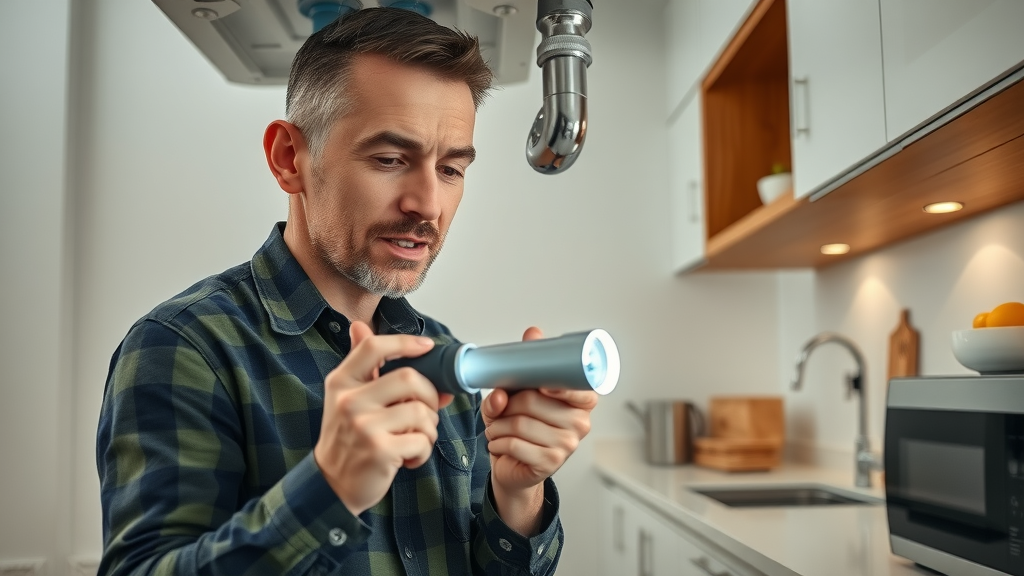
People Also Ask: Causes of Water Damage in Homes
What is the most common cause of water damage?
The most common cause of water damage in homes is a water leak, often from supply lines, plumbing failures, or appliances like washing machines and water heaters. These leaks are frequently hidden behind walls or beneath floors, making early detection and regular inspection essential to preventing extensive damage.
How to find out where water damage is coming from?
Detecting the source of water damage involves searching for visible signs of water—such as stains, warping, or odors—especially near appliances or under sinks. Check along supply lines and around fixtures for dampness. If the source remains unclear, professionals use moisture meters and thermal imaging technology to pinpoint hidden leaks and address problems before they get worse.
How long does it take for a leak to cause water damage?
A water leak can lead to noticeable water damage within 24-48 hours, especially if the flow isn’t stopped at the source. Standing water or ongoing moisture can rapidly destroy materials, encourage mold growth, and begin to compromise your home’s structure—including floors, walls, and ceilings.
How common is water damage in homes?
Water damage is extremely common, with around one in fifty homeowners each year filing a water damage claim. In regions prone to heavy rain or cold snaps like Lexington SC, the likelihood increases. Homeowners should stay vigilant, address leaks quickly, and conduct regular checks for early warning signs.
Key Takeaways on the Causes of Water Damage in Homes
- Water leaks are the leading cause of water damage in homes.
- Early detection can prevent costly structural repairs.
- Lexington SC residents should regularly inspect appliances and plumbing.
- Professional water damage restoration is vital after significant leaks or flood damage.
FAQs: Causes of Water Damage in Homes
- What types of insurance cover water damage?
Most homeowner’s policies cover sudden and accidental water damage (such as burst pipes or appliance failures), but not surface water or floods—those usually need separate flood insurance. - Can mold grow after a water leak?
Yes. Mold can begin to develop within 24-48 hours after water exposure. Immediate drying and professional cleaning are crucial to prevent mold growth and protect indoor air quality. - How do I choose a water damage restoration company?
Look for certified and insured restoration specialists with local experience and positive customer reviews. Ask about response times, equipment, and documentation for insurance claims.
Conclusion: Protect Your Home from the Hidden Causes of Water Damage
Take action now to safeguard your home, health, and investment from the hidden risks of water damage—early prevention is key.
Water Damage Repair In Lexington SC: Fast, Reliable Help for Water Damage in Homes
- For professional water damage restoration or mold removal in Lexington SC, visit Palmetto Mold Experts.
- Don’t wait until a water leak turns into serious damage. Act now to protect your home.
Watch real-life examples and expert tips on preventing and detecting water leaks in this video guide: How Leak Detection Prevents Major Water Damage
Sources
- https://www.iii.org/fact-statistic/facts-statistics-water-damage – Insurance Information Institute
- https://palmettomoldexperts.com/lexington-sc-mold-removal/ – Palmetto Mold Experts
- https://www.epa.gov/mold/mold-resources-tools – EPA Mold Resources
- https://www.waterdamageadvisor.com/statistics/ – Water Damage Advisor
Understanding the causes of water damage in homes is crucial for prevention and timely intervention. For a comprehensive overview, consider reading What Are the Common Causes of Water Damage? by 1-800-DRY-ME-OUT, which details various sources of water damage, including malfunctioning appliances and roof leaks. Additionally, What Are the Most Common Causes of Water Damage in Homes? by DynaClean Professional Services offers insights into how faulty appliances and roof leaks contribute to water damage. These resources provide valuable information to help you identify potential risks and implement preventive measures effectively.

